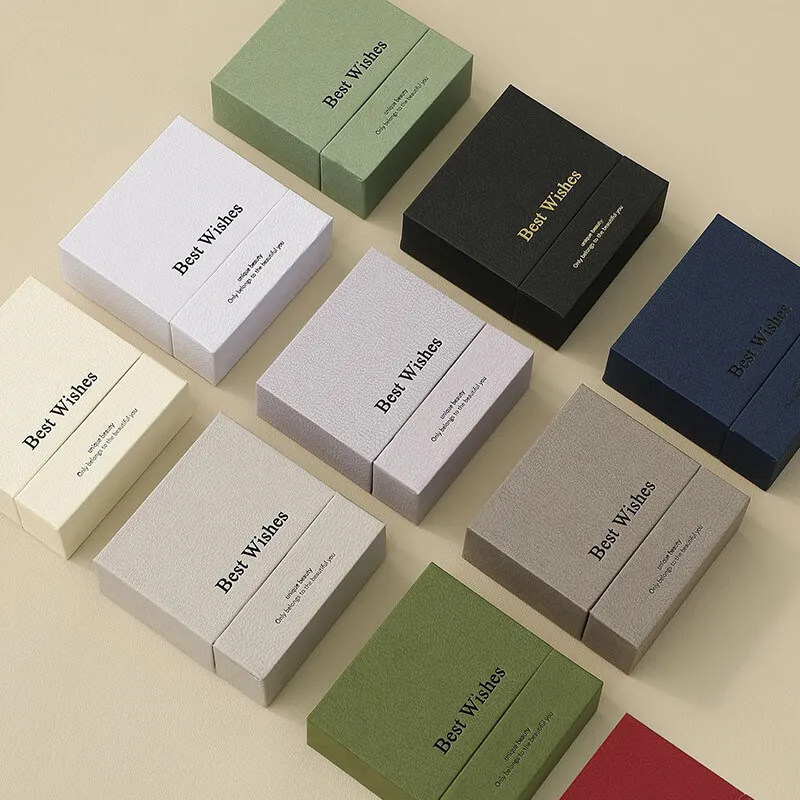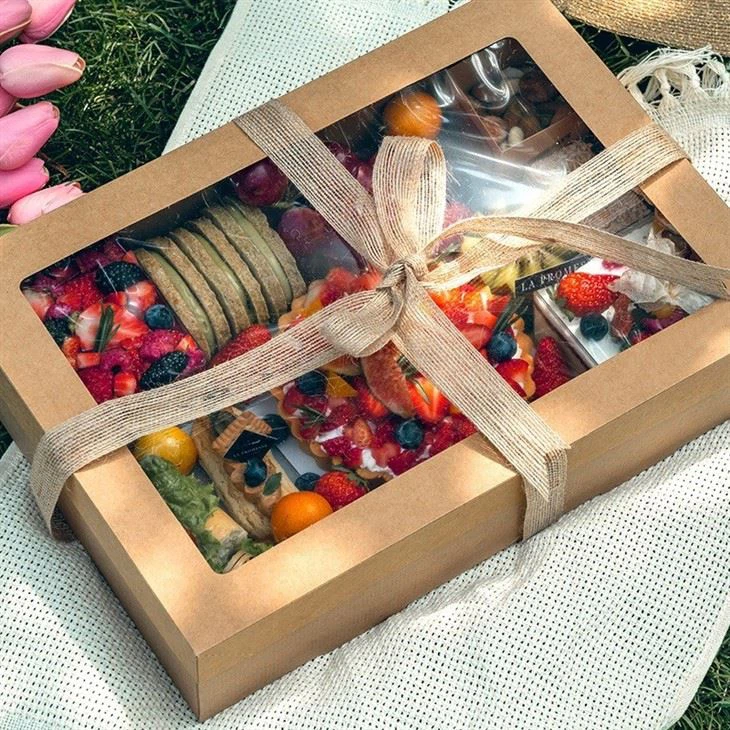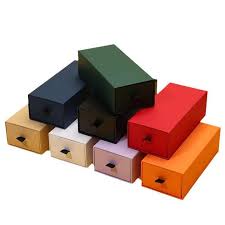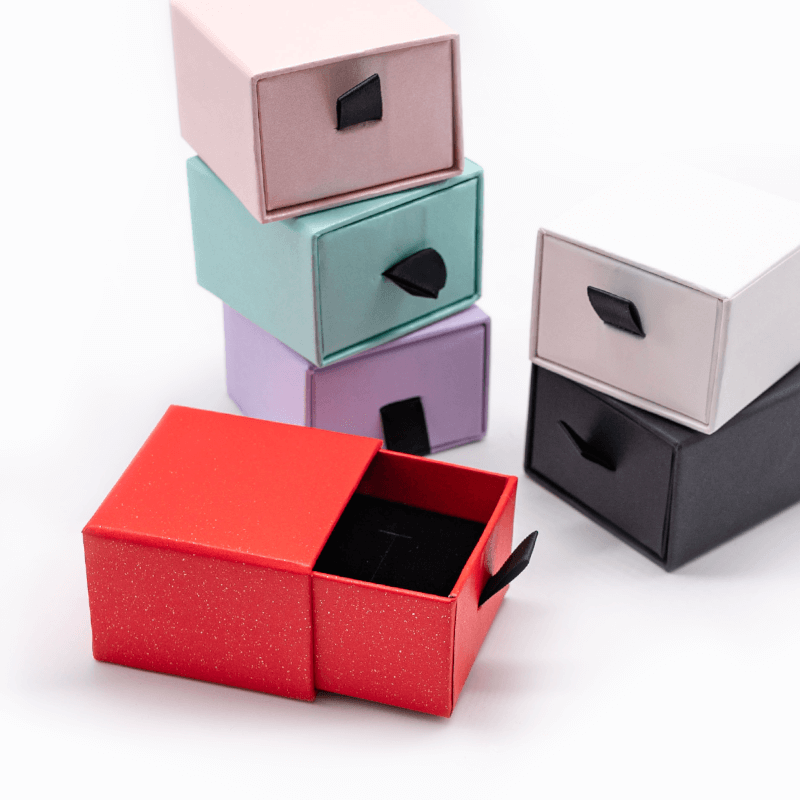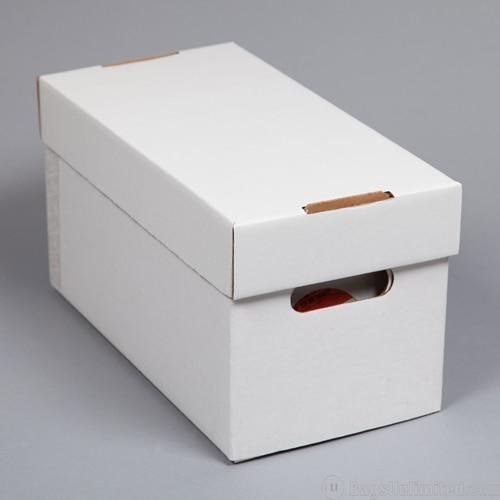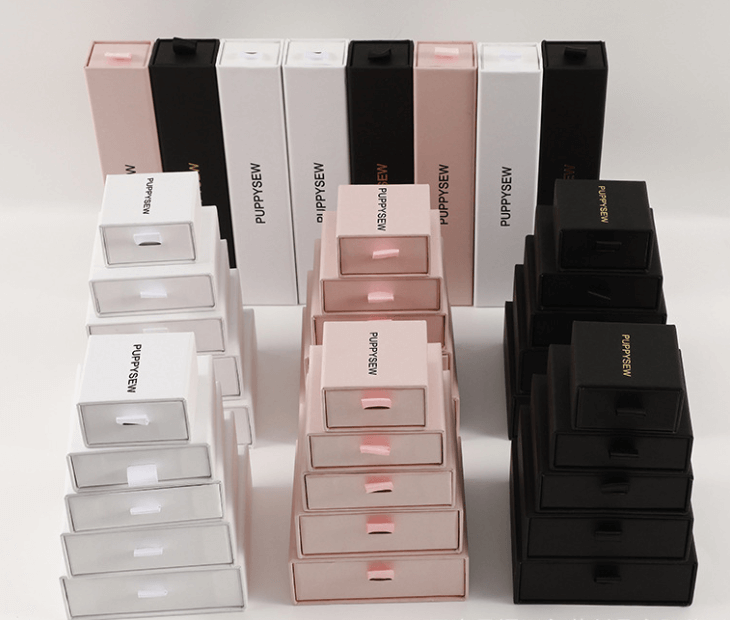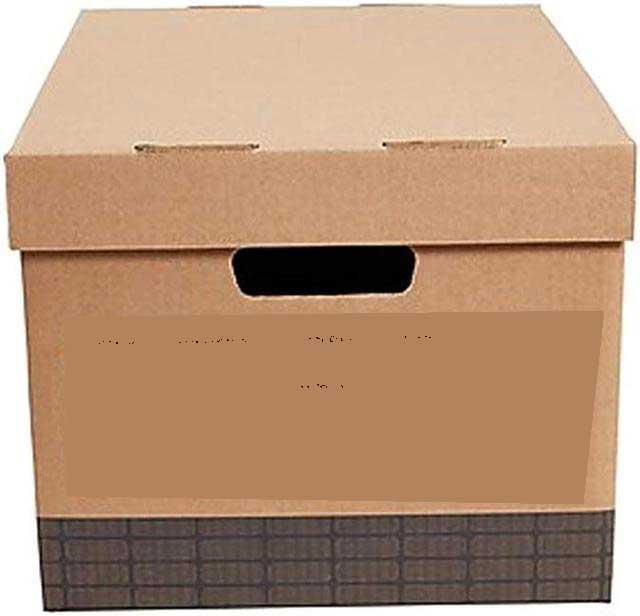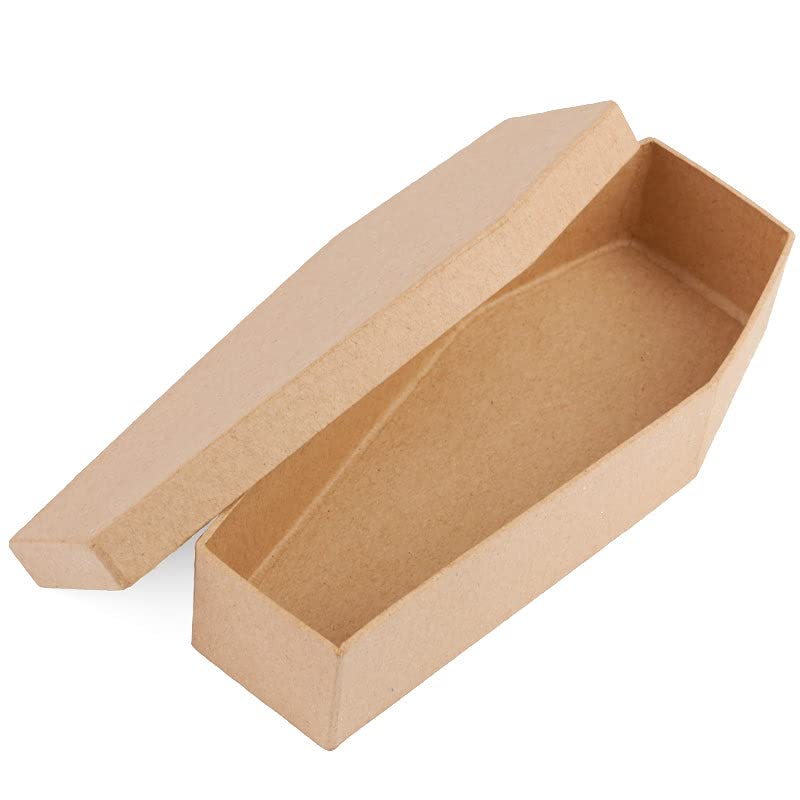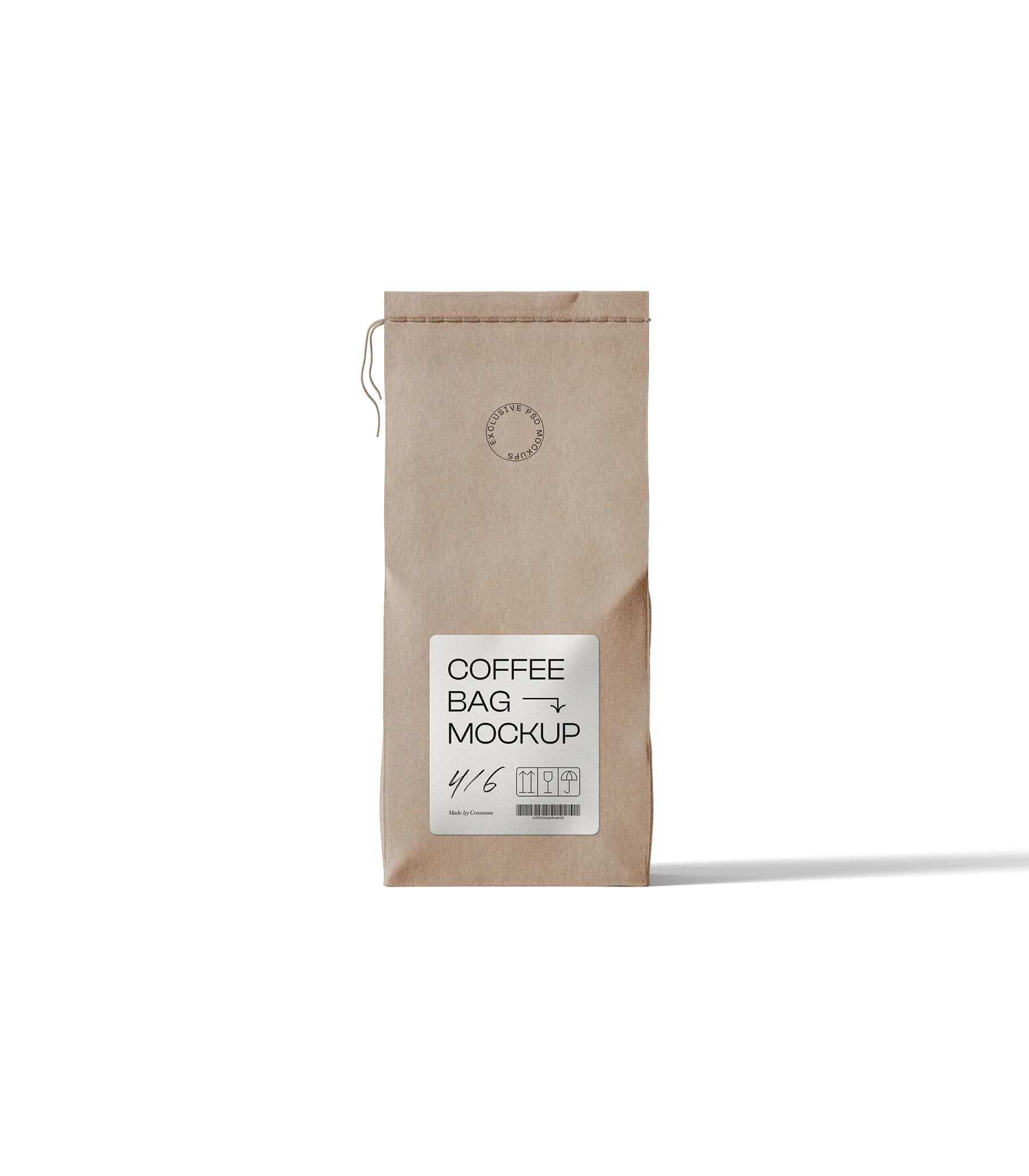
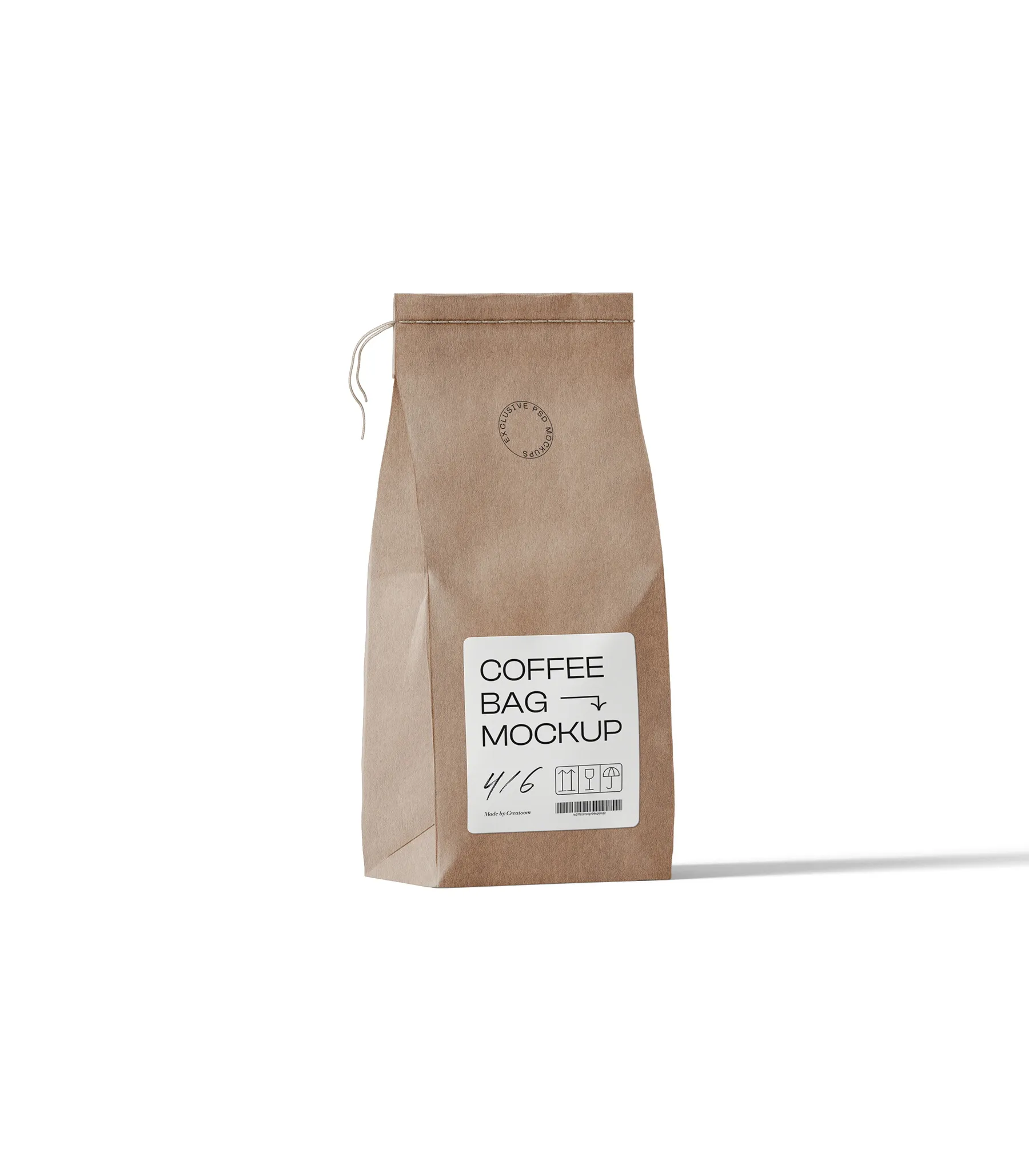
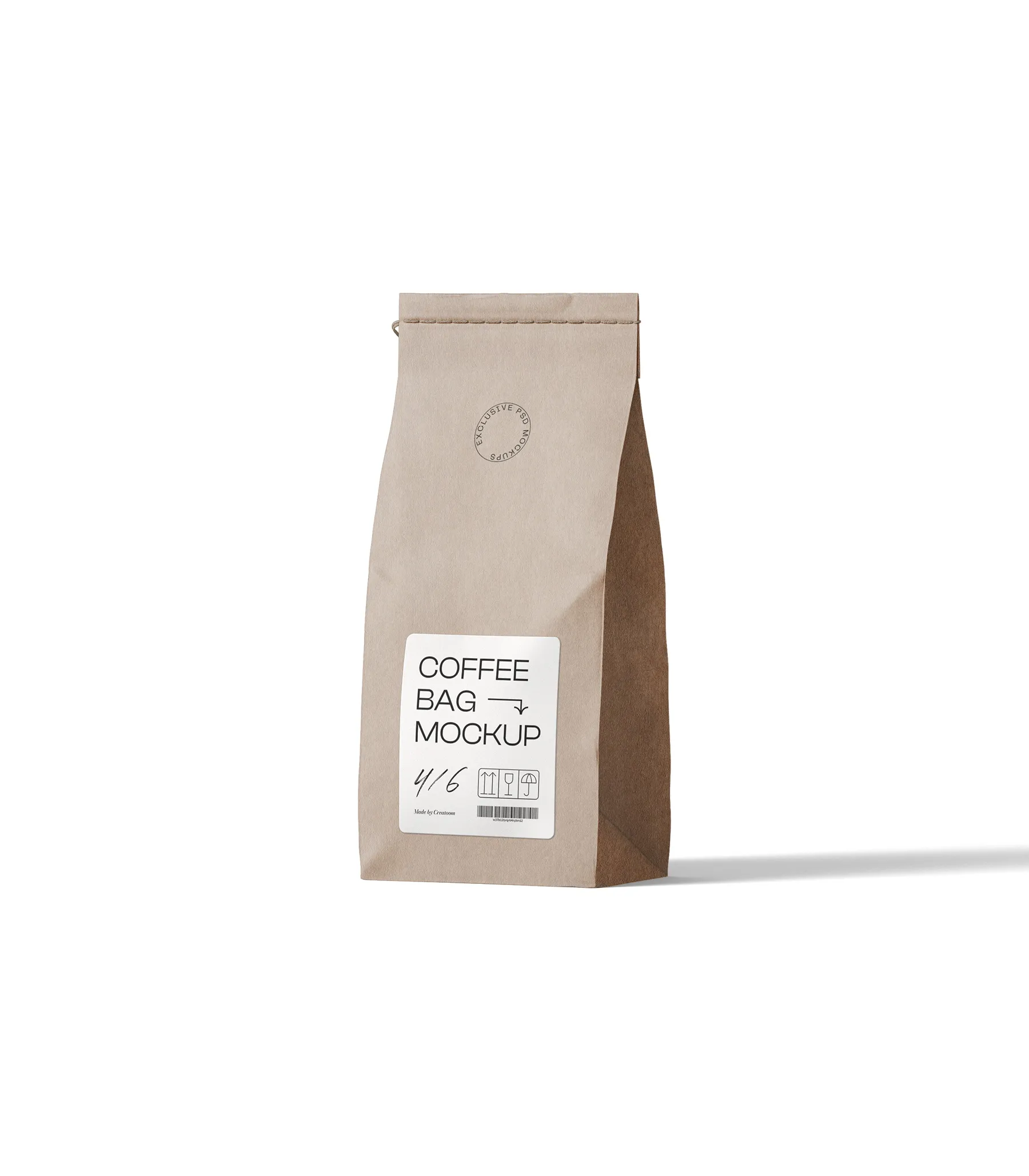
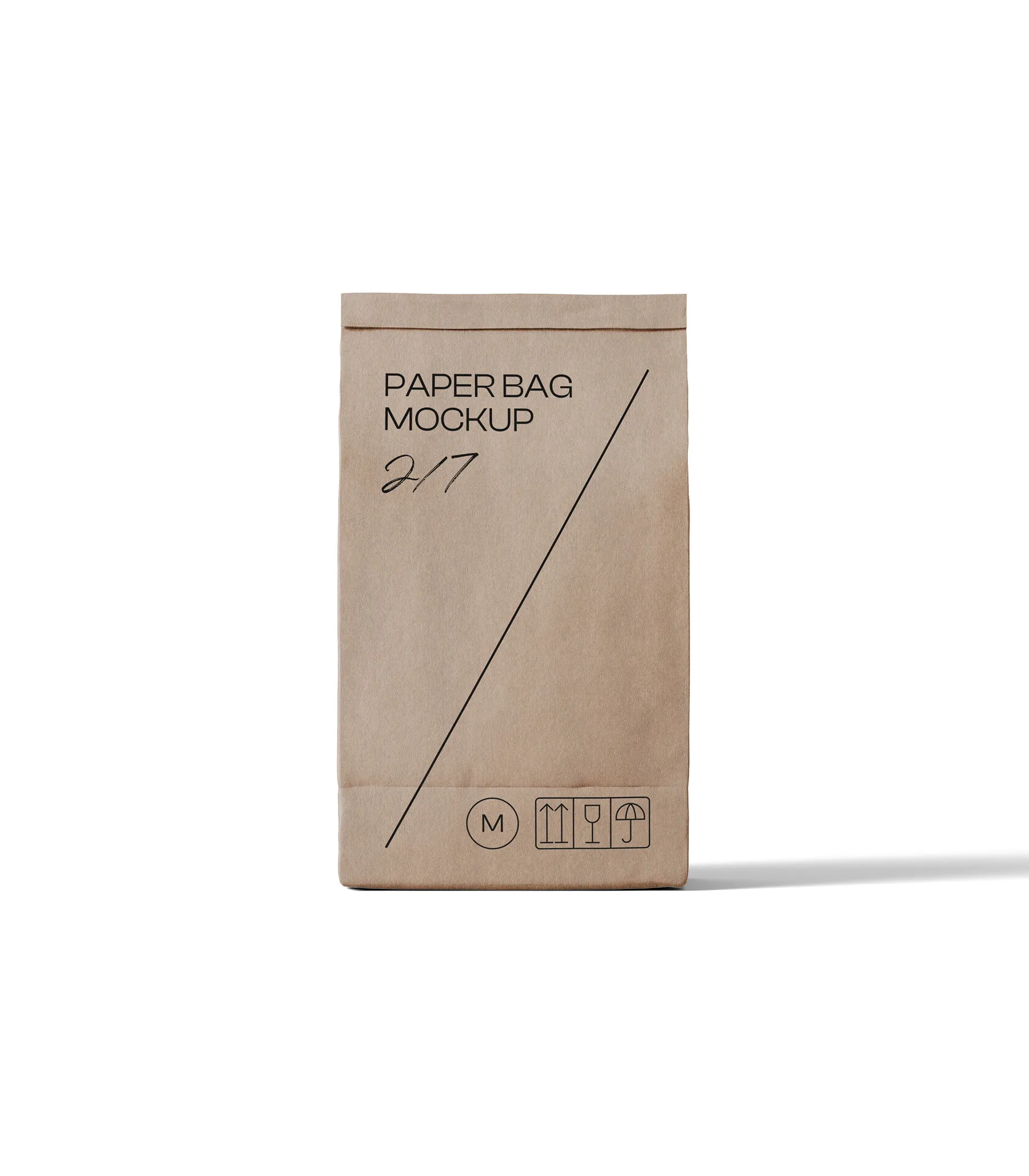
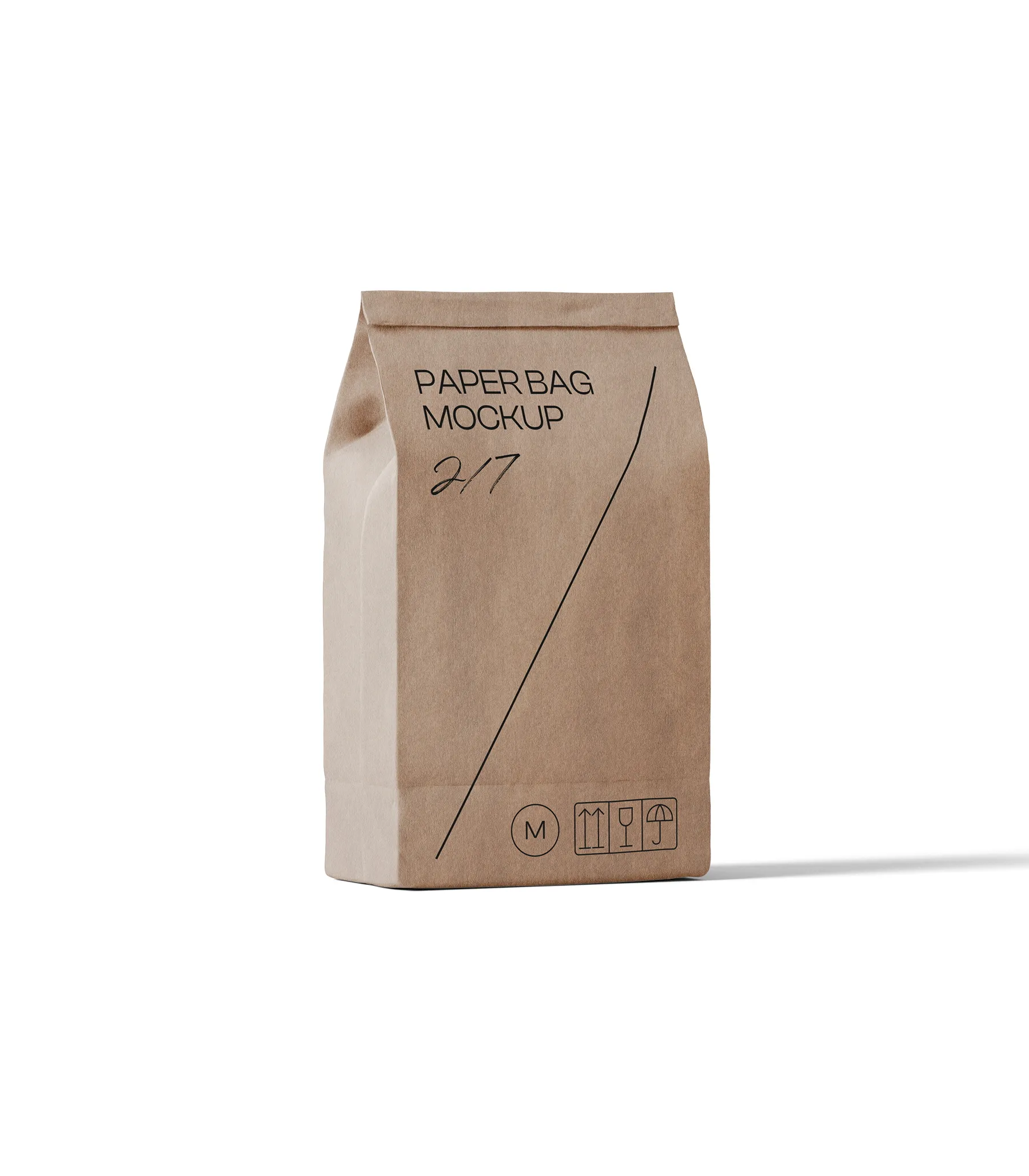
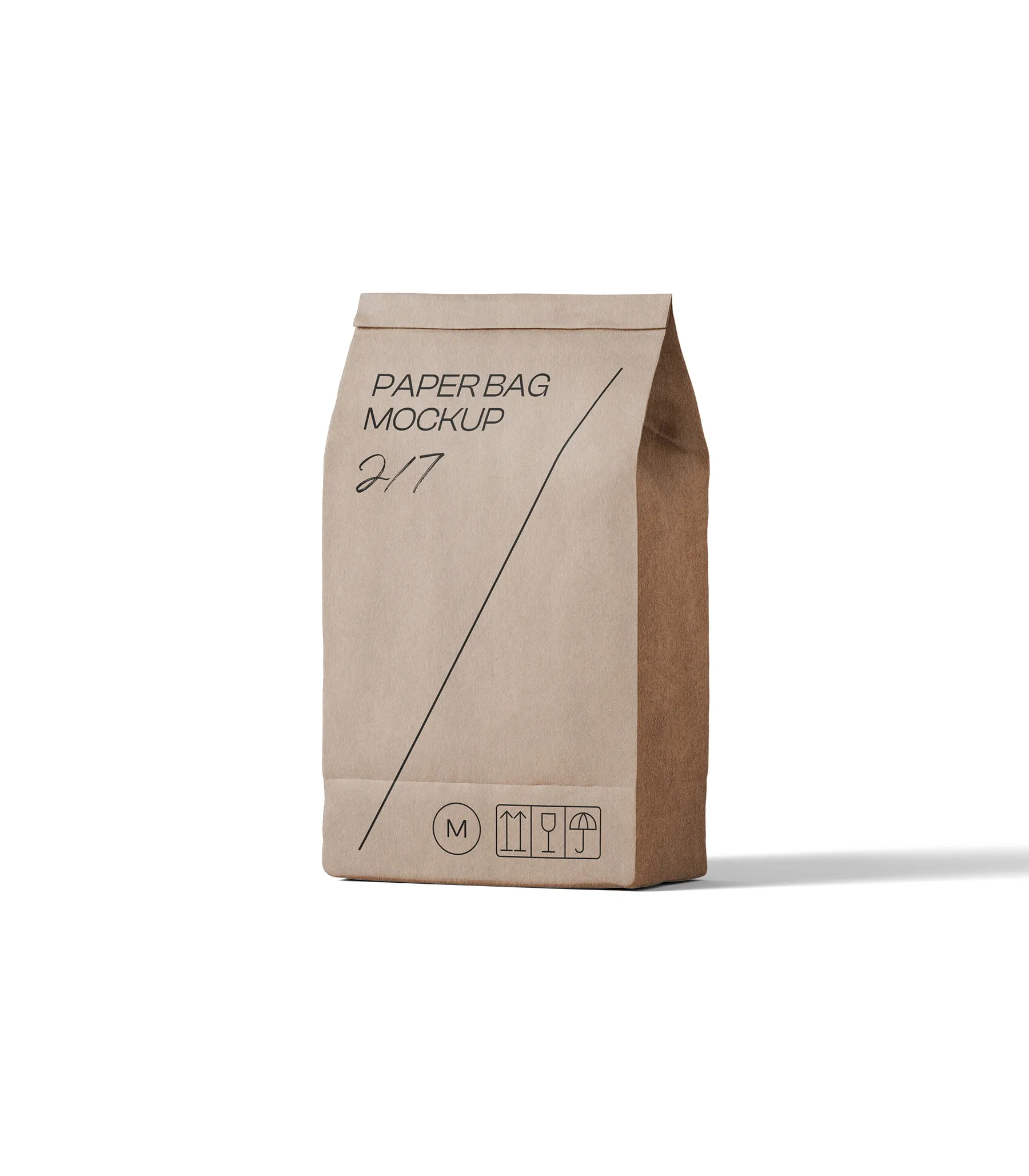
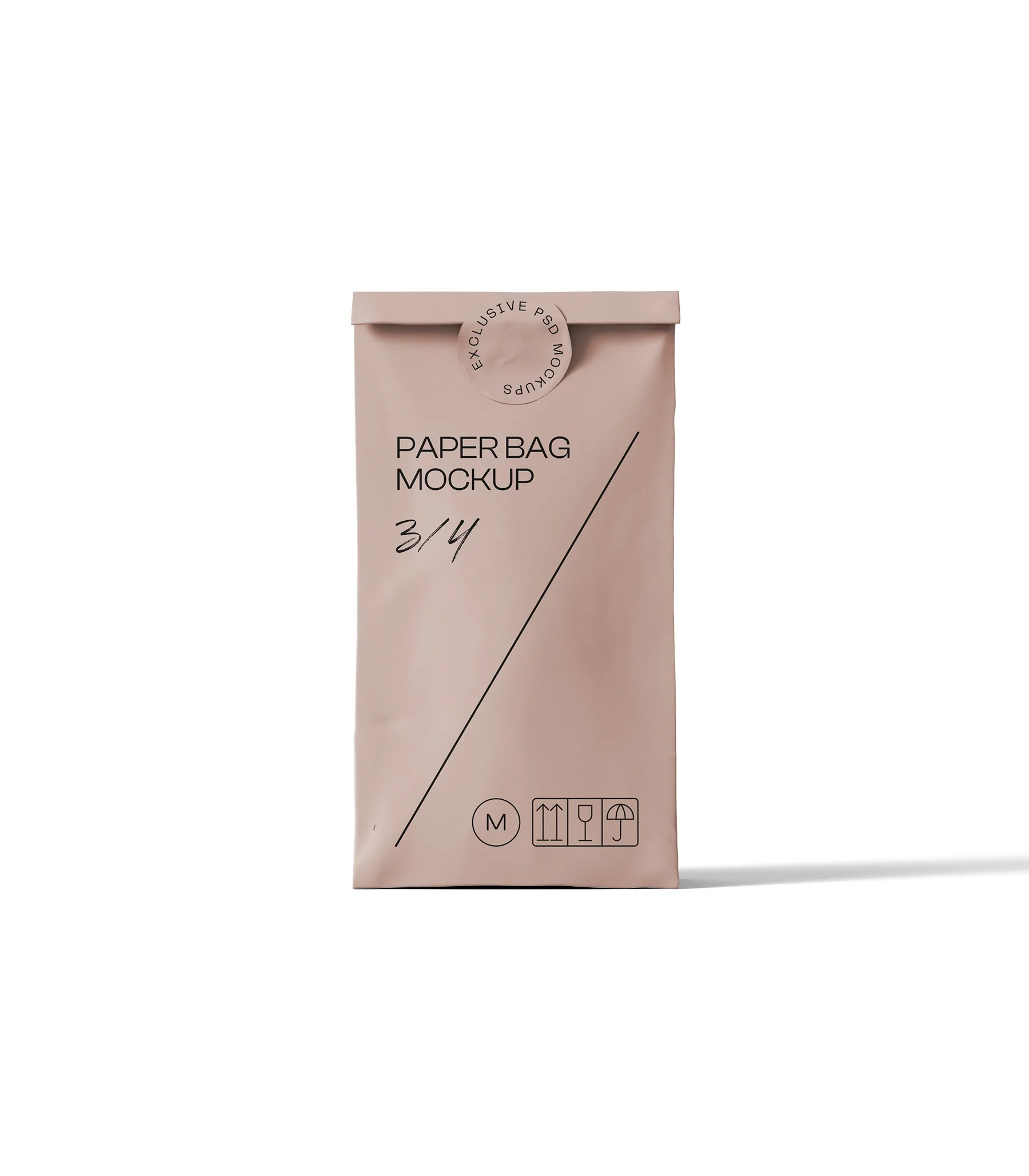
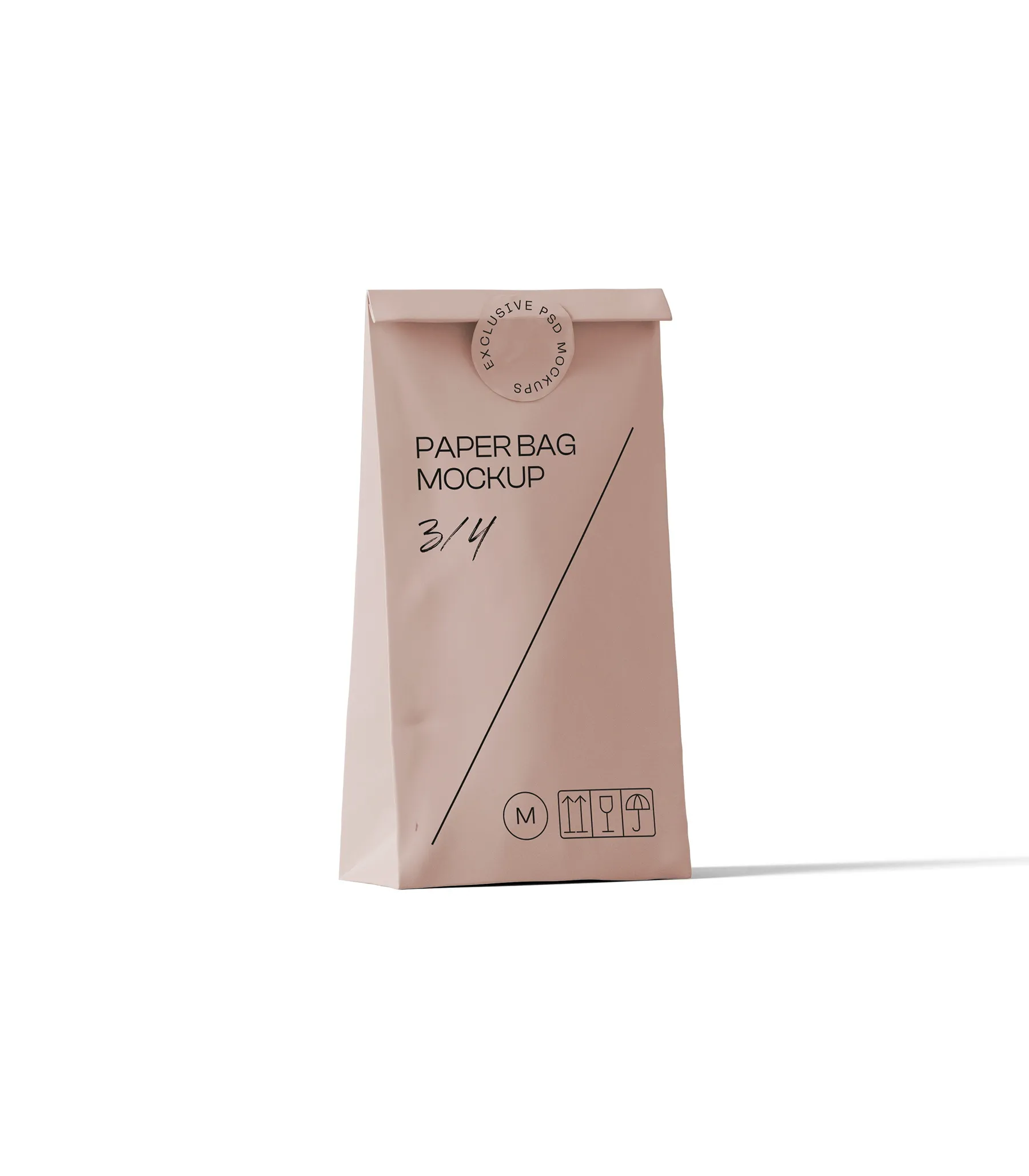
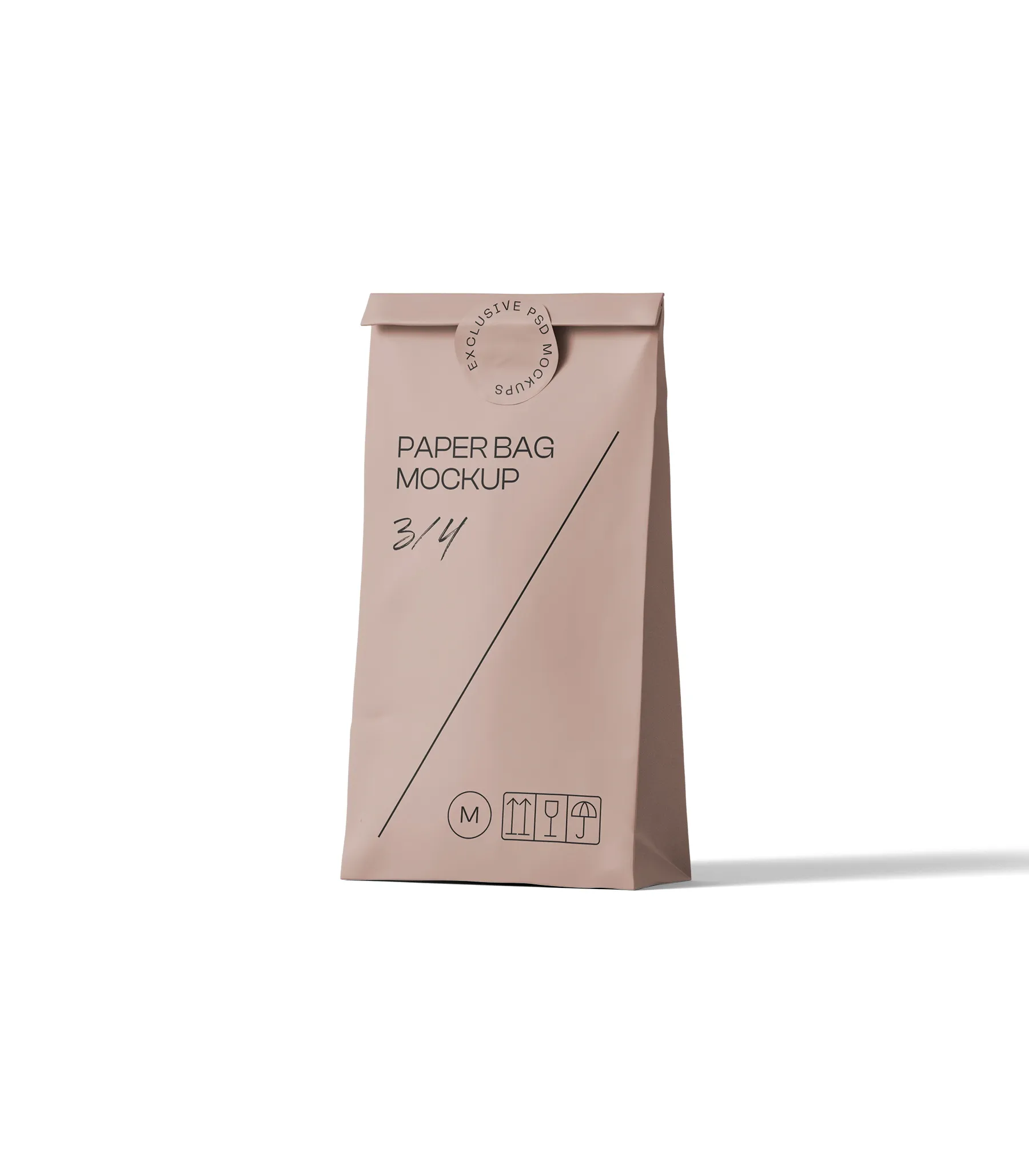
Custom seed packaging is more than just a protective wrapper—it’s your brand’s first handshake with the customer. Whether you’re a seed producer, nursery, or eco-conscious gift brand, how your seeds are packaged directly impacts perceived quality, shelf appeal, and long-term storage effectiveness.
By choosing custom seed packaging, you gain full control over the design, functionality, and branding of your product. From durable materials that preserve seed viability to eye-catching prints that resonate with consumers, custom packaging turns a simple commodity into a marketable product. For small businesses and large seed companies alike, it’s an essential tool for standing out in a saturated marketplace.
Unlike generic packaging, custom solutions can be tailored to specific seed types (e.g., flower, vegetable, or herb), with options like resealable zip locks, moisture barriers, or even compostable kraft pouches. These features ensure not just brand recognition—but also seed protection, regulatory compliance, and sustainability.
Types of Custom Seed Packaging Available
When it comes to seed packaging, one size does not fit all. Different seed types, distribution channels, and customer preferences require different packaging solutions. Fortunately, today’s market offers a wide range of custom seed packaging types to match your exact product needs and brand identity.
1. Flat Seed Envelopes
Ideal for lightweight seeds and bulk distribution, flat paper envelopes are affordable and printable. They’re commonly used by seed companies and promotional campaigns due to their simplicity and versatility.
2. Stand-Up Pouches (with Zip Locks)
Popular for retail shelves, these resealable pouches offer excellent protection against moisture, light, and air. They’re great for flower seeds, vegetable seeds, and herb blends that require longer shelf life and premium presentation.
3. Foil & Kraft Barrier Bags
For long-term storage and high-value seed types, foil-lined or kraft-layered bags offer outstanding barrier protection. These bags also support heat sealing and printed designs for brand differentiation.
4. Compostable & Eco-Friendly Bags
Sustainability matters. Many seed businesses now choose biodegradable or compostable pouches made from PLA, kraft paper, or other renewable materials—allowing you to align with eco-conscious buyers.
5. Clear Window Bags
Transparency builds trust. Bags with clear windows allow your customers to see the product inside, making them perfect for artisanal or heirloom seed varieties.
Why Custom Seed Packaging Is Essential for Your Brand
In a competitive agricultural market, your packaging is often the first impression customers have of your seed business. Choosing custom seed packaging isn’t just about storage—it’s a strategic branding decision that can significantly influence consumer trust, shelf appeal, and long-term loyalty.
1. Build Brand Recognition
Your packaging serves as a visual representation of your brand. With custom-printed seed bags, you can showcase your logo, brand colors, seed type, planting instructions, and sustainability message—all of which reinforce your identity and make your product instantly recognizable.
2. Communicate Trust & Transparency
Custom seed packaging allows you to clearly display important information: seed origin, purity percentage, germination rates, non-GMO claims, and usage instructions. This transparency builds buyer confidence and sets you apart from generic seed suppliers.
3. Improve Shelf Impact
Unique designs, tactile finishes, and thoughtful layouts can make your product stand out in physical and online retail environments. Whether you’re targeting garden centers, organic stores, or direct-to-consumer e-commerce channels, premium packaging elevates perceived value.
4. Enable Direct Marketing
QR codes, scan-to-grow tips, loyalty programs, or planting tutorials can all be printed directly onto the packaging, turning each pouch into a communication channel between you and the end customer.
5. Support Sustainability Goals
Today’s buyers care about environmental responsibility. Eco-friendly materials and recyclable printing can position your brand as a green innovator in the farming and gardening space.
Key Features to Consider When Designing Custom Seed Packaging
Designing effective custom seed packaging goes far beyond aesthetics—it requires strategic thinking about protection, usability, regulatory compliance, and customer experience. Here are the essential features you should prioritize:
1. Material Selection
Choose materials based on the seed type, storage needs, and environmental goals. Options include:
- Kraft paper: breathable and biodegradable, ideal for organic branding.
- Foil-laminated films: provide superior barrier protection against moisture and UV.
- PLA biodegradable plastics: a sustainable choice for eco-conscious customers.
2. Moisture & Light Resistance
Seeds are sensitive to moisture and sunlight. A high-barrier material with resealable zippers or heat-sealed pouches will extend shelf life and ensure seed viability during shipping and storage.
3. Size & Filling Capacity
Offer flexibility in packaging size—from small sachets for home gardeners to bulk bags for agricultural distributors. Your custom packaging should be tailored to each target segment.
4. Print & Labeling Specifications
Ensure that your design includes:
- Seed variety and species
- Germination rate and test date
- Lot number for traceability
- Planting instructions and warnings
- Barcode or QR code for inventory and customer engagement
5. Ease of Use
Packaging should be easy to open, pour, reseal, and store. Features like tear notches, resealable zippers, and stand-up pouch formats greatly enhance usability for the end customer.
Sustainable & Eco-Friendly Seed Packaging Options
As consumers become increasingly eco-conscious, sustainable packaging has transitioned from a nice-to-have to a competitive necessity. Incorporating eco-friendly seed packaging solutions not only helps reduce your environmental footprint but also builds trust with eco-aware customers and retailers.
1. Biodegradable & Compostable Materials
Materials like kraft paper, PLA bioplastics, and cellulose-based films are fully biodegradable under industrial or home composting conditions. These options break down naturally without leaving toxic residues, making them ideal for organic seed brands and sustainability-driven companies.
2. Recyclable Structures
If your supply chain favors large-format seed bags or foil-layered options, consider recyclable polyethylene films or mono-material laminates. These can often be recycled through standard collection systems, especially in urban regions.
3. Minimalist & Low-Waste Design
Avoid over-packaging. Use simplified designs with fewer layers or components to reduce production impact. Lightweight flexible pouches consume less energy to manufacture and transport compared to rigid containers.
4. Sustainable Inks and Coatings
Water-based and soy-based inks are safer alternatives to solvent-based inks and align well with eco-labeling and food-safe certifications. Similarly, avoid plastic coatings where possible and opt for natural matte finishes.
5. Certifications & Eco Labels
To communicate your sustainability efforts credibly, you can display certifications such as:
- FSC® for paper sourcing
- OK compost / TUV certified for compostability
- USDA Organic for seed compliance
- Custom eco-labels indicating recyclability or carbon neutrality
By combining sustainability with high-performance packaging, your seed brand can align with regulatory trends and customer preferences while enhancing market appeal.
Printing Techniques for Custom Seed Packaging
When it comes to branding and shelf appeal, the printing method you choose can make a significant difference. Your seed packaging needs to communicate information clearly while also visually reflecting the identity of your brand. Here’s how different printing technologies can support that goal.
1. Pantone (PMS) Color Printing for Brand Consistency
If you require precise, consistent brand colors across multiple batches and packaging formats, Pantone Matching System (PMS) printing is ideal. PMS inks are mixed before printing and ensure exact shades—crucial for logo integrity and premium product lines. For luxury seed packets or retail displays, this method adds professionalism and trust.
2. CMYK Printing for Full-Color Flexibility
For photographic graphics, gradient effects, or multi-color illustrations, CMYK (cyan, magenta, yellow, black) digital or offset printing offers greater flexibility. This process is more cost-effective for smaller runs and provides rich visual storytelling potential—perfect for heirloom varieties or gardening guides on the packaging.
3. Silkscreen Printing for Bold Graphics
Silkscreen is often used for limited edition seed kits or craft-style seed envelopes, especially when working with textured kraft paper. It provides a tactile, hand-printed look and works well for bold, minimal designs or single-color logos.
4. Foil Stamping & Spot UV for Premium Look
Enhance your packaging’s shelf presence with metallic foil stamping, embossing, or spot UV finishes. These techniques add depth, shine, and luxury—ideal for collector’s edition seeds, gift packaging, or specialty blends.
5. QR Code Integration
Modern packaging benefits from QR code printing, allowing customers to scan for growing instructions, origin traceability, or planting calendars. Ensure these codes are printed with sharp clarity regardless of the technique used.
By aligning your printing method with your design goals, material choice, and budget, you can create high-impact seed packaging that stands out in a competitive market.
Packaging Sizes and Formats for Different Types of Seeds
Different seeds require different packaging solutions—not only in terms of design but also in volume, protection, and shelf presentation. Selecting the right size and format ensures product integrity during storage and shipping while also supporting the customer experience.
1. Small Sachets for Flower and Herb Seeds
These are typically flat, single-use paper or foil packets ranging from 1g to 10g in capacity. They’re ideal for retail display, DIY kits, or seed libraries. Custom printing on these sachets helps deliver clear planting instructions, expiration dates, and brand visibility on a compact surface.
2. Medium Stand-Up Pouches for Vegetable Seeds
For bulkier or mid-size portions like tomato, corn, or bean seeds, resealable stand-up pouches (100g–500g) are a common format. These pouches offer excellent protection against moisture and UV light, often incorporating a zip-lock for reusability. Printing space is ample, allowing for full-color branding, sowing guides, and barcode placement.
3. Rigid Boxes and Tubes for Premium Seed Kits
For gift sets or curated garden collections, rigid paperboard boxes or cardboard tubes provide a luxurious unboxing experience. They can hold multiple inner sachets and are perfect for eco-conscious premium product lines. Custom inserts or dividers can be added to organize multiple seed types.
4. Bulk Packaging for Agricultural Use
Wholesale buyers or farmers often need large-format packaging, ranging from 1kg poly woven bags to 25kg sacks. These may include additional barrier linings for humidity control. Custom printing on these packages helps convey product specifications, certifications, and origin details.
5. Innovative Formats: Seed Strips and Paper Pods
Newer options include biodegradable seed tapes, pods, or plantable paper sheets, which combine packaging and function in one. These formats require custom die-cutting and water-resistant printing, appealing to eco-conscious consumers and educational kits.
Choosing the right format ensures not only logistical efficiency but also a strong customer impression—whether you’re targeting retail shelves, e-commerce delivery, or bulk agricultural distribution.
Design and Branding Considerations for Seed Packets
When it comes to seed packaging, design is more than just aesthetics—it’s a vital communication tool that connects your product to your customers. Effective branding and layout help your packets stand out on shelves and convey essential information clearly and memorably.
1. Front-Facing Visual Impact
The front of your seed packet is prime real estate. Use vibrant full-color imagery of the mature plant, logo placement, and clean typography to catch the shopper’s attention. For custom seed packaging, especially in retail settings, your design should reflect your brand’s identity—organic, modern, rustic, premium, etc.
2. Clear Information Hierarchy
Seed buyers look for specific details at a glance. Ensure your design highlights:
- Seed variety name (e.g., “Heirloom Cherry Tomato”)
- Net weight or seed count
- Germination rate (if applicable)
- Key benefits (e.g., non-GMO, organic certified)
Use icons or structured callouts to make this data accessible.
3. Back Panel for Instructions and Legal Details
The reverse side of the packet is your canvas for planting instructions, sowing dates by zone, sunlight/water requirements, and safety or compliance notices (e.g., USDA, EU standards). A QR code linking to a growing guide or your online store adds an interactive touch.
4. Seasonal and Regional Customization
Consider customizing graphics and messages for specific climates or regions (e.g., “Best for Mediterranean climates”) or for seasonal campaigns. This enhances local market relevance and improves conversion in digital listings.
5. Finish and Material as a Branding Tool
Matte vs. glossy lamination, textured kraft paper vs. foil—these choices influence customer perception. For eco-friendly brands, showcasing recyclable or compostable substrates directly on the packet reinforces your environmental commitment.
A well-designed seed packet not only sells the product but also the values behind your brand. It plays a crucial role in customer loyalty and repeat purchase.
How to Choose the Right Custom Seed Packaging Supplier
Selecting the right packaging supplier is just as critical as designing the packaging itself. The right partner ensures quality, consistency, regulatory compliance, and the flexibility to scale with your brand as it grows.
1. Experience in Agricultural or Seed Packaging
Look for suppliers with proven expertise in agricultural or horticultural packaging. They’ll be familiar with industry-specific requirements like moisture resistance, seed protection standards, and labeling regulations. Ask for portfolios of similar seed packaging projects.
2. Custom Capabilities
Your supplier should offer a wide range of customization options, including:
- Materials: kraft paper, PET/aluminum laminate, biodegradable films, etc.
- Printing methods: offset, flexo, digital, or silkscreen for short runs
- Pouch types: flat pouches, stand-up zip-lock bags, sachets, and folded packets
- Add-ons: resealable zippers, matte lamination, tear notches, Euro holes
3. MOQ and Scalability
Confirm their minimum order quantities (MOQs) and ability to scale. Whether you’re a small organic grower starting with 1,000 seed packets or an established seed distributor needing bulk production, your supplier should be able to adapt and deliver consistent quality across volumes.
4. Regulatory Compliance
Check whether they understand and comply with seed packaging regulations in your market (e.g., USDA in the U.S., CE marking in Europe). This ensures your packaging is legally valid and safe for retail or export.
5. Sample Availability and Turnaround Time
Reliable suppliers should offer:
- Free or low-cost printed samples or mockups for visual verification
- Clear timelines for production and shipping
- Responsive communication throughout the process
6. OEM & Private Label Support
If you want to sell under your own brand, make sure your supplier offers OEM services—custom design, brand labeling, barcode printing, and even drop shipping if needed.
Choosing the right supplier saves time, prevents rework, and helps build a professional image for your seed brand right from the start.
FAQ: Common Questions About Custom Seed Packaging
To help you make informed decisions when ordering your seed packaging, here are answers to some of the most frequently asked questions:
1. What is the minimum order quantity (MOQ) for custom seed packaging?
Most manufacturers offer MOQs starting from 500 to 1,000 pieces, depending on the packaging type and customization level. Digital printing allows for lower MOQs, while offset and rotogravure printing require larger volumes for cost-efficiency.
2. Can I print different seed varieties under the same order?
Yes, many suppliers support multi-SKU orders. You can print different varieties (e.g., tomato, basil, lettuce) under the same packaging structure, only changing the design or labeling per SKU. Be sure to clarify this with your supplier during quotation.
3. What’s the average turnaround time for production?
Turnaround time ranges from 10 to 25 working days, depending on the order size, printing method, and whether you’re requesting samples or mass production. For repeat orders, lead times are typically shorter.
4. Are the materials used for seed pouches food-safe or eco-friendly?
Most suppliers offer BPA-free, food-safe films, and many now offer biodegradable, compostable, or recyclable materials such as PLA or kraft paper. You can request relevant certifications (e.g., FDA, FSC, EU compostable standards) from your supplier.
5. Can I add features like resealable zippers or hang holes?
Absolutely. Common add-ons include:
- Zippers (resealable or child-proof)
- Tear notches
- Euro holes or round hang holes
- Window panels
- Spot UV or foil stamping
These features can improve convenience, usability, and shelf appeal.
6. Do you offer OEM or white-label services?
Yes. Most packaging factories provide OEM support, including design printing, brand logos, barcode/QR integration, and batch coding. Some also offer drop-shipping or fulfillment services to help reduce logistics complexity.
Get Started with Custom Seed Packaging That Grows Your Brand
Whether you’re launching a new heirloom seed line or expanding your organic farming supplies, investing in professionally designed custom seed packaging is more than just a branding choice—it’s a business advantage. From airtight protection and eco-friendly materials to retail-ready designs and low MOQs, the right packaging partner can help your products stand out and sell better.
Looking for expert guidance or OEM services tailored to your seed business?
We’re here to help. Get in touch today for a free consultation, custom quote, or design support—and discover how powerful your seed packaging can really be.
Table of Contents

